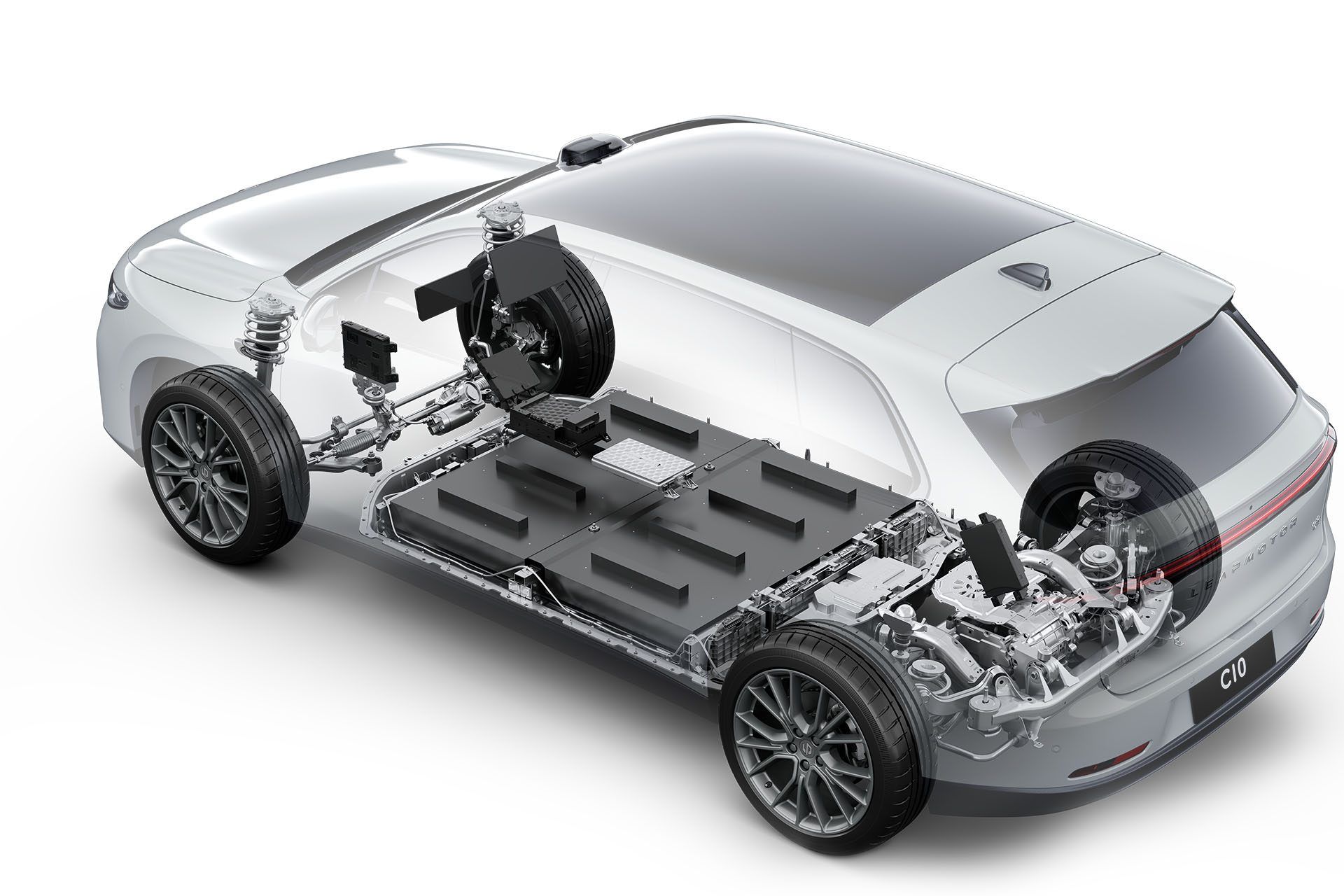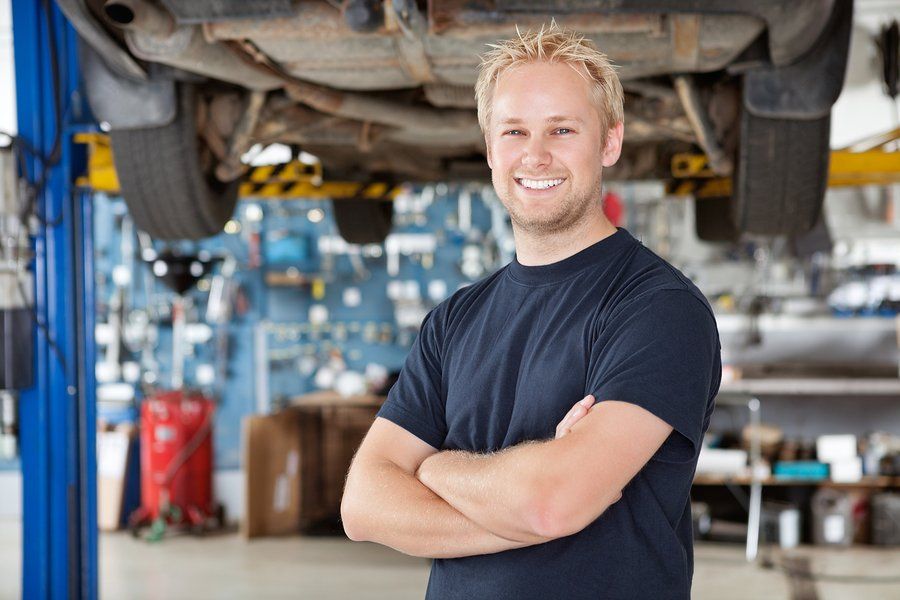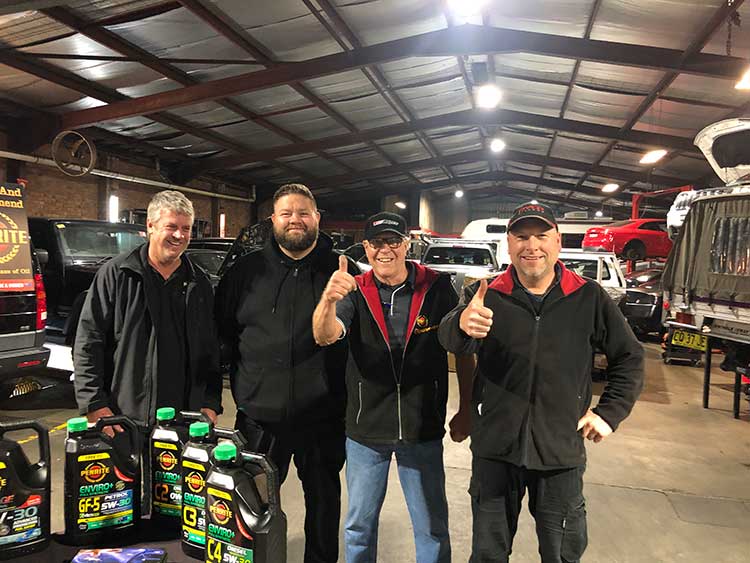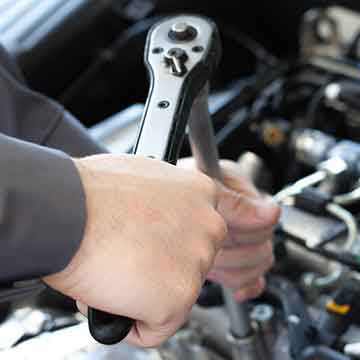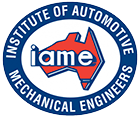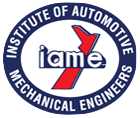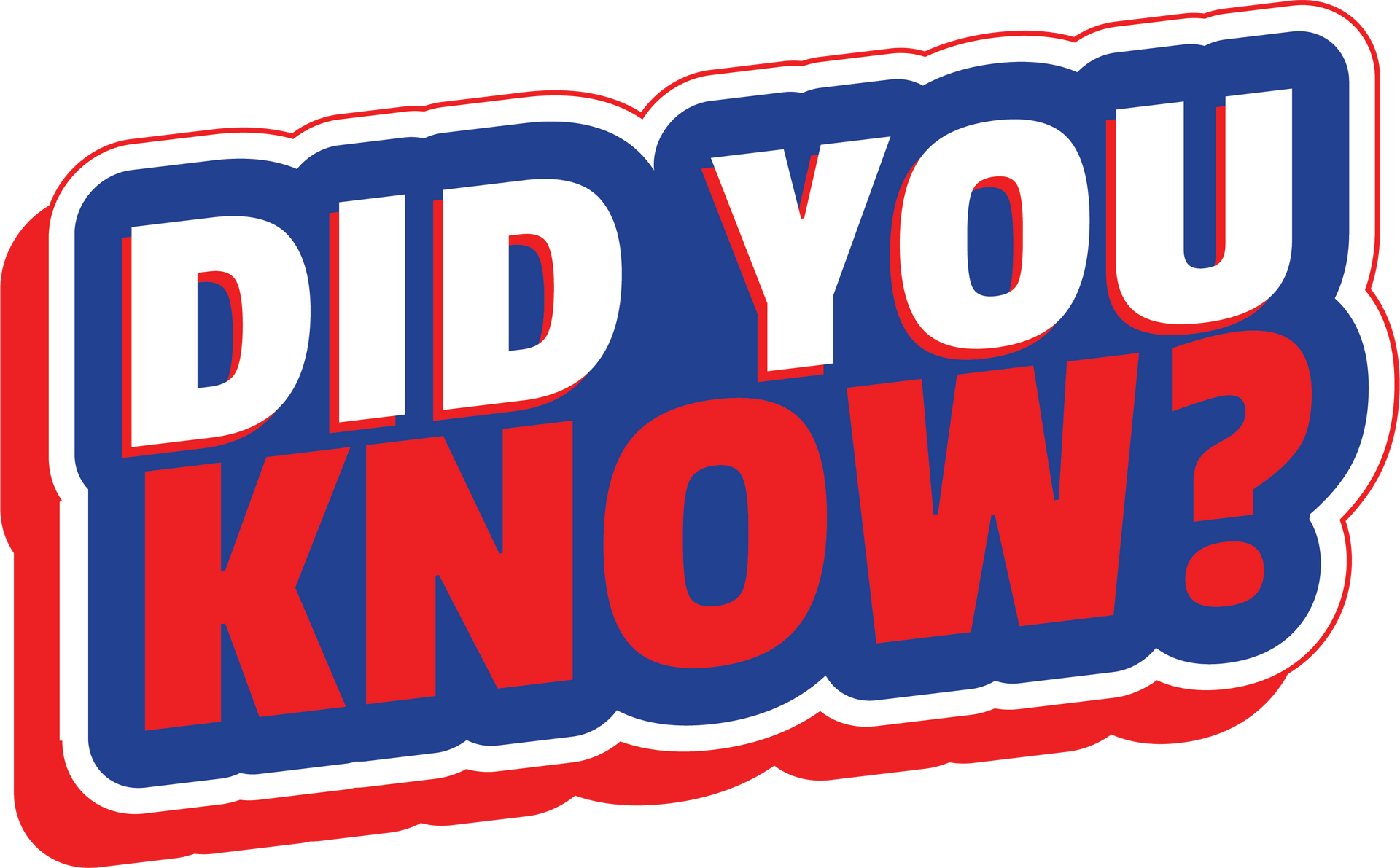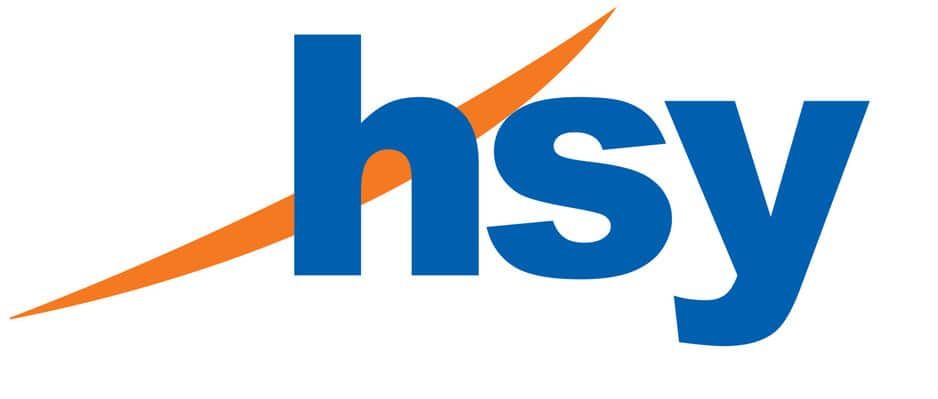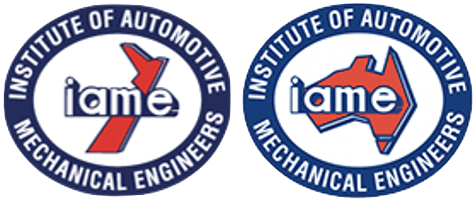Volgren Optimus / Yutong E12
A Game-Changer in Zero-Emission Public Transport for Australia
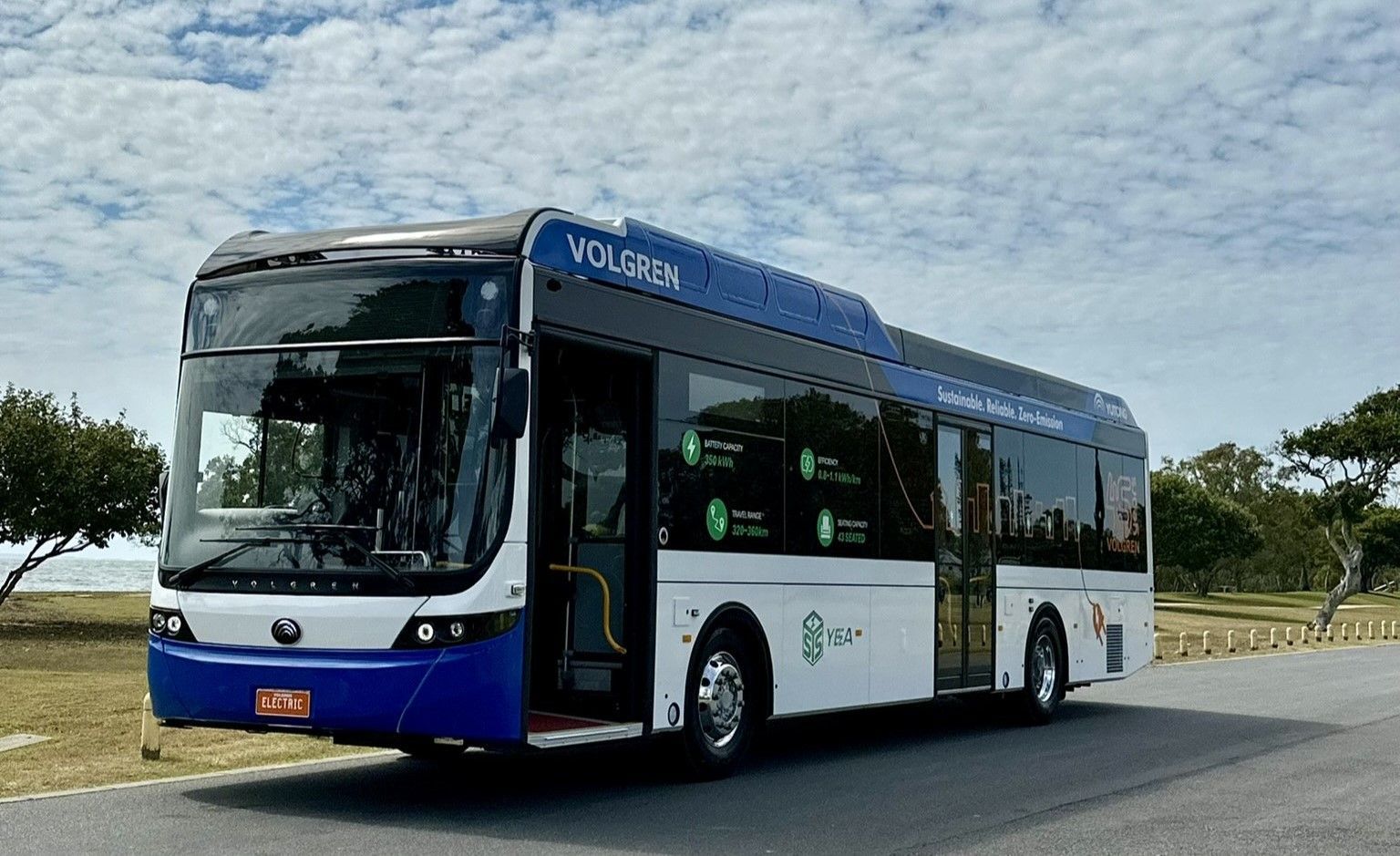
The future of public transportation in Australia is shifting towards greener, more efficient solutions, and the introduction of the Volgren Optimus/Yutong E12 Battery Electric Bus is a major leap forward. This collaborative effort between two industry-leading bus manufacturers, Marcopolo Group (through its Australian subsidiary Volgren) and Yutong, marks a significant milestone in the evolution of zero-emission transport.
Designed with sustainability and performance at its core, the Volgren Optimus/Yutong E12 is built to address the growing demand for eco-friendly mass transit solutions while advancing technological innovation in electric mobility. The partnership brings together Volgren’s expertise in lightweight, durable bus body manufacturing and Yutong’s state-of-the-art electric chassis technology.
A Collaborative Effort in Sustainable Transport
The collaboration between Volgren, a prominent bus body manufacturer based in Australia, and Yutong, one of the largest electric bus manufacturers in the world, brings together complementary strengths.
- Volgren’s Optimus Bus Body: The Optimus bus body is widely regarded for its lightweight aluminium structure, providing enhanced fuel efficiency, reduced maintenance costs, and extended vehicle lifespan. The lightweight design not only makes the bus easier to operate but also significantly improves overall energy consumption, allowing the electric bus to maximize its range and reduce charging frequency.
- Yutong’s Electric Chassis: Yutong, a global leader in electric vehicle technology, provides the advanced chassis and electric drivetrain that powers the Volgren Optimus/Yutong E12. This includes a high-efficiency battery system, regenerative braking technology, and advanced motor control, all of which contribute to the bus’s excellent performance, reliability, and range. Yutong’s EV experience ensures that the E12 is equipped to handle the rigors of Australia’s diverse and demanding urban environments.
Key Features of the Volgren Optimus/Yutong E12
- Zero-Emission Technology: As a fully battery-electric bus, the Volgren Optimus/Yutong E12 produces no tailpipe emissions, making it an ideal solution for cities aiming to reduce their carbon footprint and improve air quality. This aligns with Australia’s growing push for clean energy and its commitment to reducing greenhouse gas emissions.
- Lightweight Design: Volgren’s use of aluminium in the bus body results in a lighter vehicle, which enhances energy efficiency and lowers operational costs. The weight savings translate into extended driving range, making the bus a practical choice for long routes and busy urban schedules.
- Advanced Battery System: The Yutong E12 is powered by an advanced lithium-ion battery system, providing reliable energy storage and a range of up to 350 km on a single charge, depending on driving conditions and route profiles. This makes the bus suitable for both urban and suburban operations, where longer routes are common.
- Regenerative Braking: The Yutong E12 features regenerative braking, a system that captures energy during braking and feeds it back into the battery, extending the vehicle’s range and improving overall efficiency. This technology reduces the frequency of charging and makes the bus more energy-efficient.
- Comfort and Passenger Experience: Designed with passenger comfort in mind, the bus offers a smooth, quiet ride, with reduced vibration and noise levels compared to traditional diesel buses. The electric powertrain also enables better acceleration and braking control, improving the overall driving and riding experience.
- Local Manufacturing: The Volgren Optimus/Yutong E12 is manufactured locally in Victoria, Australia, supporting the national economy and providing local jobs. The commitment to local production also allows for greater control over quality, customization, and delivery schedules.
Paving the Way for Greener Cities
The Volgren Optimus/Yutong E12 is not just another electric bus—it represents a shift towards cleaner, more efficient public transport solutions in Australia. As cities across the country look for ways to reduce emissions and improve sustainability, zero-emission buses like the E12 will play a pivotal role in shaping the future of urban mobility.
With Australia’s major cities aiming to phase out diesel buses in favor of electric alternatives, the introduction of the E12 is timely. The collaboration between Marcopolo/Volgren and Yutong signals the beginning of a new era where public transportation can contribute significantly to environmental goals, while still meeting the operational needs of transit authorities.
Challenges and the Road Ahead
While the adoption of electric buses presents numerous benefits, there are challenges to overcome, such as the development of charging infrastructure and the adaptation of existing maintenance facilities to handle electric vehicle servicing. However, as more electric buses like the Volgren Optimus/Yutong E12 are integrated into fleets, these challenges will likely become more manageable with increased investment in EV infrastructure and training.
Moreover, the availability of locally manufactured electric buses like the Volgren Optimus/Yutong E12 ensures that Australia can remain competitive in the global transition to sustainable transportation while fostering innovation and jobs within its borders.
Conclusion
The Volgren Optimus/Yutong E12 Battery Electric Bus is a groundbreaking addition to Australia’s public transport system. It showcases the potential of combining cutting-edge electric technology with lightweight, durable bus design to create a vehicle that is not only environmentally friendly but also cost-effective and practical for urban and suburban transit networks.
As the country continues its journey towards a zero-emission future, the Volgren Optimus/Yutong E12 stands out as a powerful example of what is possible through collaboration, innovation, and a commitment to sustainability.
